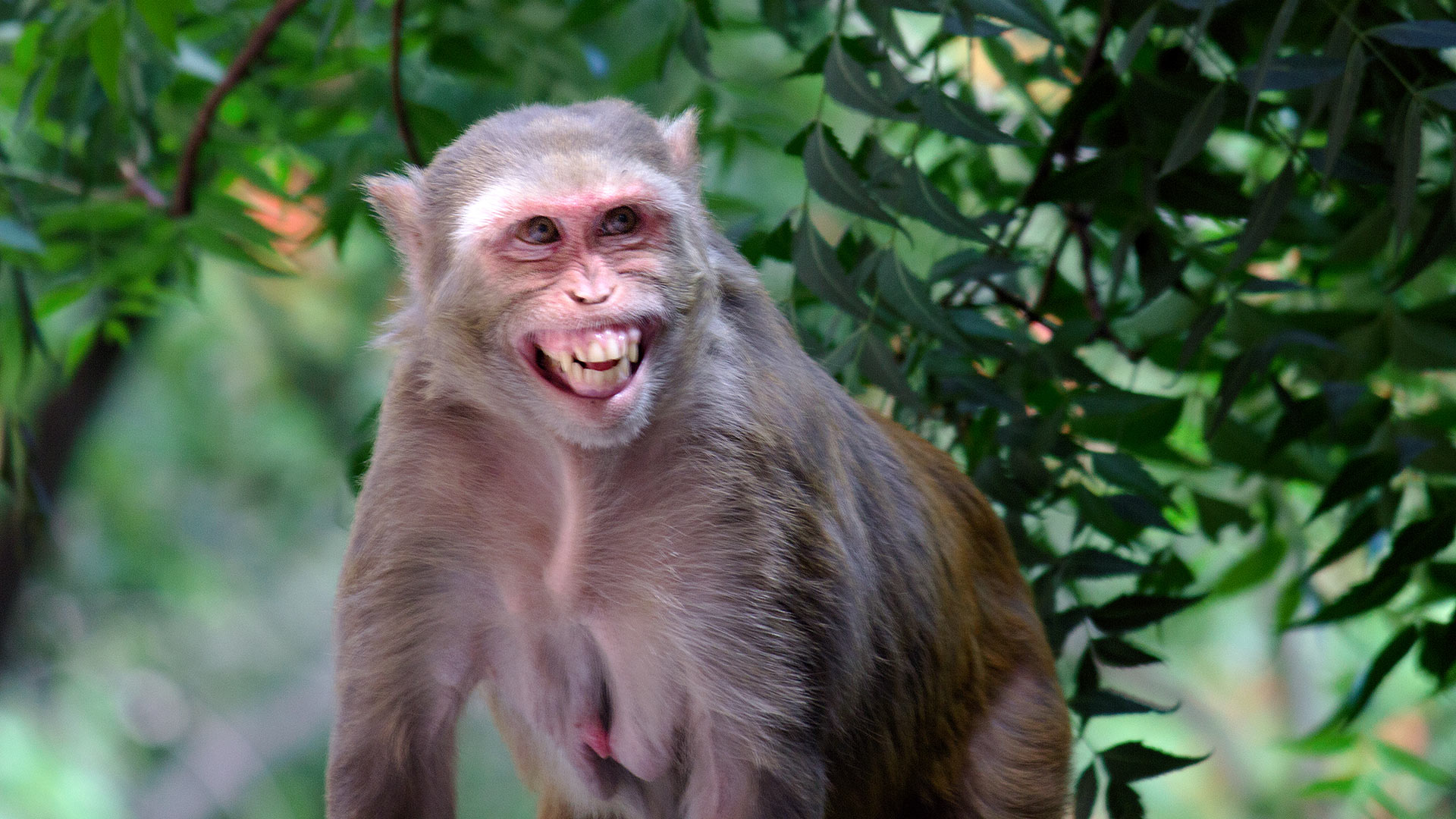
Recent sightings of wild monkeys in various parts of Florida have raised concerns among authorities and residents, leading to official warnings against feeding or attempting to capture the animals.
The Orange City Police Department recently shared a photo on social media showing a wild rhesus macaques monkey perched atop a green chain-link fence.
In the caption, the department urged residents to refrain from interacting with the primates and to contact the Florida Fish and Wildlife Conservation Commission (FWC) if encountered.
The rhesus macaques monkeys, native to Asia, have been identified as the species present in the city. While these monkeys may seem like a curious addition to the local fauna, they present a range of environmental and health concerns.
According to wildlife experts, some of the wild monkeys in Florida have even tested positive for herpes B, a potentially dangerous viral infection.
Lieutenant Sheriff El-Shami of the Orange City Police Department warned the public to maintain distance from the monkeys.
“We urge the public not to feed or attempt to capture these monkeys. Interaction can lead to potentially harmful situations for both humans and the animals themselves,” he said.
Feeding wild monkeys not only increases the risk of bites, scratches and other injuries but can also facilitate disease transmission and contribute to the animals becoming more aggressive.
To address the issue, authorities are actively encouraging residents to report any monkey sightings to the FWC’s Wildlife Alert Hotline.
The FWC has also issued a brochure advising against feeding wild monkeys.
Furthermore, the act of feeding monkeys is explicitly prohibited in Florida and is considered a second-degree misdemeanor, punishable by fines up to $500 and a jail term of up to 60 days.
While it remains unclear how these monkeys made their way to Orange City, experts believe they might belong to a relatively unknown wild primate population in Florida.
According to researchers with the University of Florida, the wild monkey population in the state has historical roots dating back to the 1930s when a small group of these monkeys was released on an island in the Silver River to boost tourism.
Over time, this population has grown, and they have been spotted in regions such as Silver Springs State Park, which is about 60 miles northwest of Orange City.
“In 2015, it was estimated there were approximately 175 rhesus macaques among five groups in Silver Springs State Park, and the population was growing,” researchers said.
For yet unknown reasons, the monkeys may be drawn to the city, with some residents in Orange City claiming to have seen or heard the monkeys howling in the woods at night.
One resident said she even spotted a monkey near a Popeyes restaurant.
“See, I knew I wasn’t going crazy. It was a monkey not a large cat,” another resident said.





